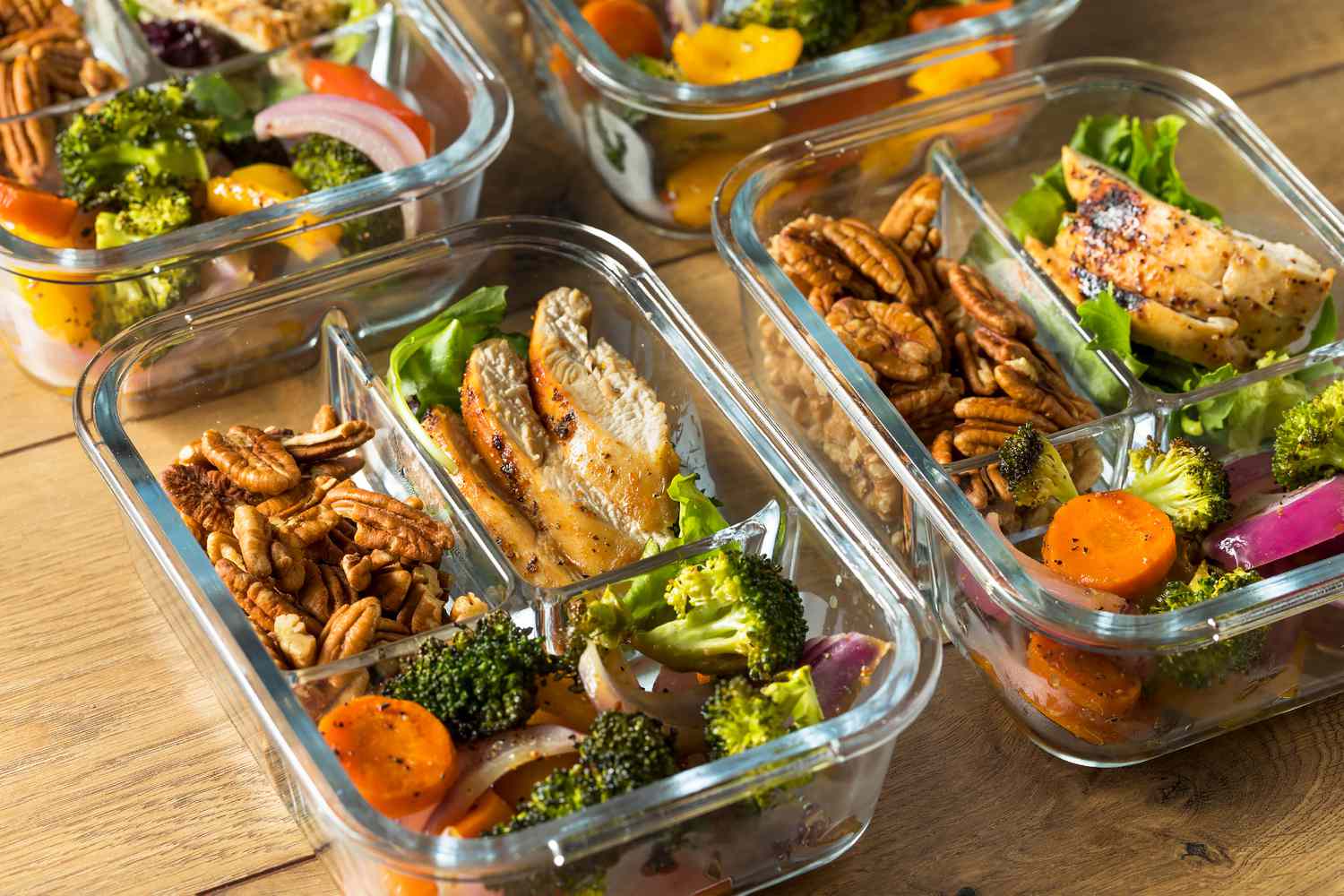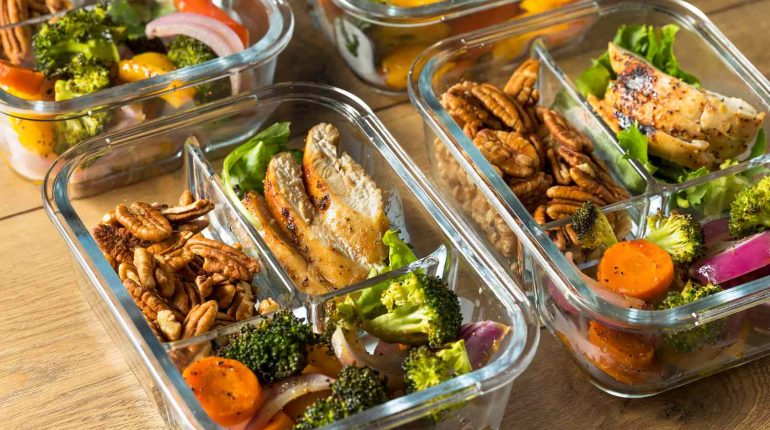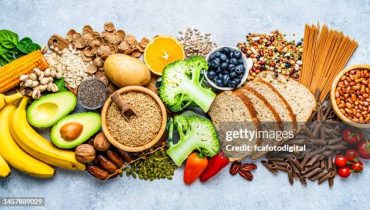Meal prep and planning have become essential strategies for individuals looking to maintain a healthy diet amidst busy lifestyles. This practice involves preparing and organizing meals ahead of time, ensuring nutritious and balanced eating throughout the week. Here’s a comprehensive guide on how meal prep and planning can benefit your health and practical tips to get started.
Benefits of Meal Prep and Planning
Time Efficiency: By dedicating a few hours on weekends or a designated day to meal prep, you can save time during busy weekdays. Pre-cooked meals or pre-cut ingredients make cooking faster and more convenient.
Healthier Choices: Planning meals in advance allows you to make mindful choices about ingredients and portion sizes. This helps in controlling calories, reducing unhealthy fats, and increasing nutrient-dense foods like vegetables and lean proteins.
Cost Savings: Buying ingredients in bulk for planned meals can be more economical than daily grocery trips or eating out. It also reduces food waste as you use ingredients efficiently.
Portion Control: Pre-portioned meals help in managing portion sizes, which is crucial for weight management and preventing overeating.
Reduced Stress: Knowing what you’ll eat ahead of time eliminates the stress of last-minute decisions and reduces the temptation to opt for unhealthy fast food choices.

How to Start Meal Prep and Planning
Step 1: Set Goals and Plan Menus
Define Your Goals: Whether it’s weight loss, muscle gain, or simply eating healthier, clarify your objectives to tailor your meal prep accordingly.
Plan Your Weekly Menu: Choose recipes that are nutritious, balanced, and can be easily prepared in bulk. Include a variety of proteins, carbohydrates, vegetables, and healthy fats.
Step 2: Create a Shopping List
Inventory and List: Take inventory of what you already have and create a detailed shopping list for the ingredients you need. Stick to your list to avoid impulse purchases.
Step 3: Prep and Cook
Schedule Prep Time: Dedicate a block of time for prepping ingredients, such as washing and chopping vegetables, marinating meats, or cooking grains.
Batch Cooking: Cook larger quantities of proteins (like chicken, fish, or beans) and grains (like quinoa or brown rice) that can be used in multiple meals throughout the week.
Step 4: Storage and Organization
Choose Containers: Use meal prep containers that are microwave-safe, stackable, and freezer-friendly. Mason jars are excellent for salads and soups.
Label and Date: Label containers with the meal type and date of preparation to track freshness.
Step 5: Implement and Adapt
Consistency: Stick to your meal prep schedule to make it a habit. Over time, you’ll become more efficient and creative with your meal choices.
Adaptability: Be flexible with your plan. Adjust recipes based on seasonal produce, personal preferences, and dietary needs.
Tips for Successful Meal Prep
Start Simple: Begin with basic recipes and gradually expand your repertoire as you gain confidence.
Use Versatile Ingredients: Choose ingredients that can be used in multiple dishes to minimize waste and maximize variety.
Include Snacks: Prepare healthy snacks like cut-up fruits, nuts, or yogurt for convenient grab-and-go options.
Rotate Menu: Keep meals interesting by rotating your menu weekly or bi-weekly to prevent monotony.
Involve Family: Meal prep can be a family activity. Engage children in age-appropriate tasks to teach them about healthy eating habits.
Meal prep and planning are powerful tools for achieving and maintaining a healthy diet amidst today’s busy lifestyles. By investing time upfront to prepare nutritious meals, you can save time, money, and stress during the week while making healthier food choices. Whether you’re aiming for weight management, improved nutrition, or simply more efficient meal times, mastering meal prep can be a game-changer in your health journey. Start small, stay consistent, and enjoy the benefits of a well-planned and nourishing diet.


















